
The Department of Electronics at Cognitave Inc presents.
“The Birth and Death of the Cell Phone"
Dr. Martin Cooper
Father of the Cell Phone
{The IEEE MTT International Microwave Symposium (IMS)
the premier annual international meeting for technologists
involved in all aspects of microwave theory and practice}.
[Monday, 23 May 2016]
Abstract: The handheld cell phone was introduced 42 years ago but the modern smart phone is less than 10 years old. Marty Cooper maintains that, although the phone contains amazing semiconductor and other technologies, the phone itself is still in its infancy. Personal wireless connectivity has the potential to revolutionize health care and education; the health care revolution has already begun. But the biggest contribution pf wireless with be in improving the very concept of collaboration. Marty points out the irony that the ability to solve the many problems associated with these revolutions may well be enhanced by collaborative tools that use wireless technology to improve itself.
Cognitave Inc.'s Electronics Design Automation
(CAED)
Cognitave Inc.'s Electronics Design Automation (CAED)
Welcome everyone, and thank you for your interest in Cognitave Inc.'s course on Micro-Electronics Design Automation (CAED), presented by our Department of Electronics.
Part 1 — Modern Simulation and Modeling, numerical mathematics, Electronic Design Automation, Markets and Players, Design flow and co-simulation techniques. Circuit simulations and analysis. Electromagnetic simulation and post-processing. System level electronics design and development.
Part 2 — Micro-Electronics Design Automation using Open-Source, free of charge EDA tools. Download the referenced EDA tool here:
A) Without Licensing Fees:
KiCAD - Schematic, PCB Layout and more >> https://www.kicad.org/download/
FreeCad - 3D modeler and Gerber File >> https://www.freecad.org
Open EMS - EM Field Solver >> https://www.openems.de
LTspice from Analog Devices - Industry Standard >> https://www.analog.com/en/resources/design...
QSpice from Qorvo (only Microsoft Windows OS) >> https://www.qorvo.com/design-hub/design-to...
Circuit Simulator QucsStudio >> http://qucsstudio.de
B) With License fees:
Matlab from Mathworks >> https://matlab.mathworks.com https://www.mathworks.com/discovery/adas.html
Keysight ADS >> https://www.keysight.com/us/en/products/so...
Keysight SystemVue >> https://www.keysight.com/us/en/products/so...
HFSS from Ansys - EM Field solver - Industry standard >> https://www.ansys.com/products/electronics...
AWR from Cadence - Circuit, System & EM >> https://www.cadence.com/en_US/home/tools/s...
AWR, OrCAD, Allegro X from EMA-EDA >> https://www.ema-eda.com/
Altium - PCB Design >> https://www.altium.com/
In summary, this course offers a comprehensive look at quantum mechanics with a clear focus on practical applications. Whether you’re aiming to deepen your knowledge for academic or industrial purposes, you’ll gain valuable insights into how Micro-Electronics Design Automation shapes the technologies of tomorrow. Thank you again for joining us, and we look forward to exploring the fascinating world of Cognitave Inc.'s course on Micro-Electronics Design Automation (CAED) with you!
Copyright 2024. Cognitave Inc.Department of Electronics at Cognitave Inc Presents.
-
-
Maxdi CEO Mahdi Haghzadeh EDA OPENSOuRCE IEEE 2024: https://www.youtube.com/watch?v=TT8LmqN2Ckw
-
-
-
Keysight/EEsof ADS: https://www.keysight.com/us/en/products/software/pathwave-design-software/pathwave-advanced-design-system.html
NI AWR: https://www.cadence.com/en_US/home/tools/system-analysis/rf-microwave-design.html
OPEN SOurCE: LTSPICE; https://www.analog.com/en/resources/design-tools-and-calculators/ltspice-simulator.html%20
OPEN SOurCE: QSPICE; https://www.qorvo.com/design-hub/design-tools/interactive/qspice%20
Open Source Circuit SImulator SPICE: KiCAD; https://www.kicad.org/download/
using the circuit simulation engine SPICE, specifically the open-source ngspice program, https://www.kicad.org/discover/spice/
hospice webpage» https://ngspice.sourceforge.io
-
SYSTEM VUE from Keysight Technologies: https://www.keysight.com/us/en/products/software/pathwave-design-software/pathwave-system-design-software.html
OPEN SourCE: QucsStudio; http://qucsstudio.de/
AWR from CADENCE: https://www.ema-eda.com/
-
Electronics Engineering (Cognitave Inc)
-

RF/MW Engineering
Electronics Design \& Fabrication and RF/MW Application Engineer}: Electronics design, simulation \& modeling, semiconductor fabrication and RF testing.
Application focus areas: automotive Radar systems, telecommunication [5G, mmW, Low Earth Orbit (LEO), MIMO, MANET], digital \& analog sensing and computation, quantum inspired computing systems. Technology focus areas: front end modules, power amplifiers, mixers, phase shifters, antenna arrays, Radar systems [electronically scanned phased arrays].
Additive Manufacturing (AM), printed and flexible electronics.
-

Quantum/Analog Computing
Industry focus areas: customized software programs, coding and web based application development, consumable electronics \& accessories, cell phones sales \& repair, security cameras, solar cells, RF/MW testing \& prototyping equipment, optical \& electronic imaging and inspection systems.
Licensed \& open source Electronics Design Automation (EDA) software tools and design-flow implementation, PCB board development, module designs and components integration. Skilled in microelectronic device design \& fabrication, nanotechnology, microwave hybrid material innovation \& characterization,
Cognitave Inc Projects and Industries.
Modern Applied Quantum Mechanics
(MAQM)
Modern Applied Quantum Mechanics (MAQM)
Welcome everyone, and thank you for your interest in Cognitave Inc.'s course on Modern Applied Quantum Mechanics (MAQM), presented by our Department of Electronics.
Quantum mechanics can often seem like a complex and abstract subject, but its applications have transformed numerous industries, from semiconductors to cryptography. In this course, we’re going to demystify the subject by covering the most important foundational principles and exploring how quantum mechanics is applied in modern technology.
Chapter 0: Introduction We begin with a broad introduction to quantum mechanics. We’ll define what quantum mechanics is, give you a sense of its historical development, and explore how it differs from classical mechanics. Classical mechanics, the physics most of us are familiar with, governs the motion of everyday objects. Quantum mechanics, on the other hand, governs the behavior of particles at the microscopic level. We'll also discuss the applications of quantum mechanics across different fields, showing how this once-theoretical science is now impacting our daily lives.
Chapter 1: Hilbert Space and Algebra of Operators Next, we’ll delve into the mathematical backbone of quantum mechanics: Hilbert space and the algebra of operators. This chapter introduces the abstract space where quantum states reside, along with the mathematical operations that manipulate these states. If you’ve never encountered Hilbert spaces before, don't worry—we’ll break it down in a way that makes it accessible, even to those without a deep mathematical background.
Chapter 2: The Principles of Quantum Mechanics Chapter two focuses on the core principles of quantum mechanics, including wave-particle duality, superposition, and uncertainty. These foundational ideas will prepare you to understand how quantum particles behave in a way that defies our classical intuition.
Chapter 3 and 4: The Schrödinger Equation and Quantum Wave Over the next two chapters, we explore the Schrödinger equation and the quantum wave function, a key concept in quantum mechanics that describes the probability distribution of particles. We’ll look at how these waves interfere and how particles are described not by specific positions but by probabilities.
Chapter 5: Special Problems in Quantum Mechanics In Chapter five, we shift our focus to special problems and applications that emerge in quantum mechanics, including tunneling effects and quantum entanglement. These phenomena are not only fascinating but are key to innovations like quantum computing and quantum encryption.
Chapter 6: Advanced Topics In Chapter six, we cover advanced topics that extend beyond the basic quantum mechanics framework. These could include more nuanced quantum systems and the mathematics involved, pushing the boundaries of what we can predict and control with quantum theory.
Chapter 7: Multi-Dimensional Problems As we move to multi-dimensional problems, we explore how quantum mechanics operates in higher dimensions, which becomes especially important for applications in materials science and particle physics. Chapter 8: Perturbation Methods Finally, we wrap up with perturbation methods, a mathematical approach used to approximate complex quantum systems. This is an essential tool for tackling real-world quantum problems where exact solutions are difficult to find.
In summary, this course offers a comprehensive look at quantum mechanics with a clear focus on practical applications. Whether you’re aiming to deepen your knowledge for academic or industrial purposes, you’ll gain valuable insights into how quantum mechanics shapes the technologies of tomorrow. Thank you again for joining us, and we look forward to exploring the fascinating world of modern applied quantum mechanics with you!
Copyright 2024. Cognitave Inc.Copyright 2025. All Rights Reserved. Maxdi Inc. (c)
Department of Electronics at Cognitave Inc Presents.
Radar for Autonomous Driving
(ARAD)
Radar for Autonomous Driving (ARAD)
Welcome everyone, and thank you for your interest in Cognitave Inc.'s course on Radar for Advanced Autonomous Driving (ARAD), presented by our Department of Electronics.
Radar technology discussed in this course includes a system level overview of the most common architecture for automotive Radars, and a review of key components and their roles. A typical technological and cost analysis should cover Integrated Circuits (ICs) and fabrication technologies for millimeter-wave Radars. Radar Signal Processing (RSP) is a central and paramount R&D focus across the globe among Tier-1 companies that design, develop, manufacture, validate and verify the sensing modules for OEMs (Original Equipment Manufacturers). Various steps of signal processing for Radar include signal conditioning, signal analysis, detection and tracking. Key functions and theories in RSP include Fast Fourier Transform (FFT), Constant False Alarm Rate (CFAR), and Direction of Arrival (DOA).
Modern automobiles are equipped with other sensing modules including cameras, Lidar, and ultrasound. In order to effectively and safely maintain the control of a vehicle, there are a unique set of requirements that need to be met for all such utilized perception sensors. Advancing the sensing modality by adding more features and functionalities leada to a higher price tag for each sensor. On the other hand, costs of such advanced sensors need to be reduced below a treshold to justify their deployment in mass produced vehicles.
In summary, this course offers a comprehensive look at Radar Technology with a clear focus on practical applications. Whether you’re aiming to deepen your knowledge for academic or industrial purposes, you’ll gain valuable insights into how advanced radar shapes the technologies of tomorrow. Thank you again for joining us, and we look forward to exploring the fascinating world of advanced radar for autonomous driving with you!
Copyright 2024. Cognitave Inc. Department of Electronics at Cognitave Inc Presents.
Stock market price projections -powered by GPT 4o. Copyright 2024.
Adoption of Communication Devices -powered by GPT 4o. Copyright 2024.
A question was asked by audience whether a startup could approach potential VC investors with results from such open source EDA tools. The answer is Yes, the tools presented are advanced over decades to handle any level of complexity in integrated electronics system design and supported by tens of thousands of engineers and programmers. The tools allow validation in software environment and the prototypes that are built as part of R&D validate the simulation results. Dr. Haghzadeh's extended answer as follows: Consider the following scenarios for three start-ups A, B, and C. Startup A has limited funding to purchase commercial EDA (eg. Matlab, ADS + systemVue tools that could cost up to 30-$40K per seat depending on the configuration); Startup B has abundant funding ($10+ M in 2 Yrs) and aiming to lunch a trending product within 2 years; Startup C has overly abundant funding ($10B in 10 Yrs) and will lunch the next revolutionary consumer electronics device in 5 years. Should any of these startups go with open-source or license-based EDA? Startup A has little to no option but to take advantage of open source EDA (GNU Octave8, LTSpice, KiCAD etc.) and develop its design and model of prototype in software environment to analyze and send to foundry for fabrication. Startup B can build its in-house and customizable electronics design flow using either open-source or license-based EDA options. Former open-source option will require some extra time and effort from startup employees due to steeper learning curve. Latter option with commercial EDA (Matlab, ADS, AWR etc) will give a head start to Startup B with the help of Application Engineers and experience available through partnerships created while acquiring a new software in this space (Mathwork, Keysight, Cadence in this example). Startup C also has abundant capital to invest in commercial EDA software. One could also argue that over years and decades the licensing fees could add up to millions of dollars (eg $200 M for 1000 employees for 10 year enterprise contract). In this imaginary scenario the executive at Startup C might decide to invest (eg $40M in 10 years) and build their own integrated, customized electronics design flow software to handle future design, development and simulation (eg $160M saving in licensing fees). Most these open source tools are python based and allow forking. Once a complete design flow is created and technology stack-ups are available, future designer could use unlimited copies of in-house EDA software without waiting for a license or token. Moreover they can use a copy of software on their Laptops or local computer without need to access the design environment on a remote server. For any inquiry, questions and comments please email us at >> tex@cognitave.com Mahdi Haghzadeh, PhD Cognitave Inc Apr 13, 2024
Cognitave Inc recently presented a talk at IEEE Orlando FL Conference & Expo entitled, Solving Linear ODEs by Differential Transfer Matrix Method (DTMM). Check out the presentation on YouTube via link below: https://lnkd.in/eQtS_gEd hashtag#NumericalComputing, hashtag#Circuits hashtag#EM hashtag#Simulations, hashtag#RFMW hashtag#IntegratedSystems, hashtag#Design hashtag#simulation hashtag#detection hashtag#tracking hashtag#rsp hashtag#radar hashtag#signalprocessing List of references: Paper A - Sina Khorasani and Khashayar Mehrany, "Differential transfer-matrix method for solution of one-dimensional linear nonhomogeneous optical structures," J. Opt. Soc. Am. B 20, 91-96 (2003)[https://lnkd.in/erHV9QXe] Paper B - Mehrany, Khashayar, and Sina Khorasani. "Analytical solution of non-homogeneous anisotropic wave equations based on differential transfer matrices." Journal of Optics A: Pure and Applied Optics 4.6 (2002): 624.[https://lnkd.in/eW_qZtZ3] or [https://lnkd.in/ej4eJUW5] Paper C - Khorasani, Sina, and Ali Adibi. "New analytical approach for computation of band structure in one-dimensional periodic media." Optics communications 216.4-6 (2003): 439-451. [https://lnkd.in/egRd-YGP] Paper D - Khorasani, Sina, and Ali Adibi. "Analytical solution of linear ordinary differential equations by differential transfer matrix method." arXiv preprint math-ph/0301010 (2003). [https://lnkd.in/einUxMCN] Paper E - Khorasani, Sina. "Differential transfer matrix solution of generalized eigenvalue problems." arXiv preprint arXiv:0909.3017 (2009). [https://lnkd.in/emzV2kE5]
⊗∴⊛⊛⊡⊡ ⨥⨠⨻⩒⩒
Markets & Partner Clients
-
RF/MW Engineering, Electronics, Neuro-analog (Neuromorphic) Computing, Automotive Radar, Radar sensing and monitoring, quantum computing, mathematical modeling
-
Design flow software and techniques, Simulation baed modeling and analysis, optimizations and predictions, validation and verification work-flows
-
Aerospace & Defense, Automotive Sensing (Radar, Lidar, Vision, Ultrasonic), Software Design, Finance, Legal
-
Matlab (Mathworks Inc), Mathematica (Wolfram), Octave8, SPICE (LT-Spice, Q-Spice), HFSS (Ansoft), ADS (Keysight), Simulink (Mathworks), AWR (Cadence), Pyton
-


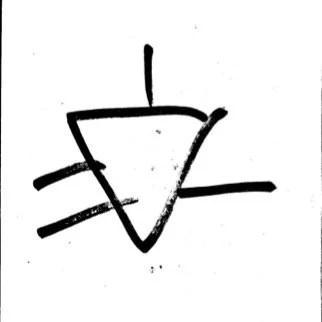




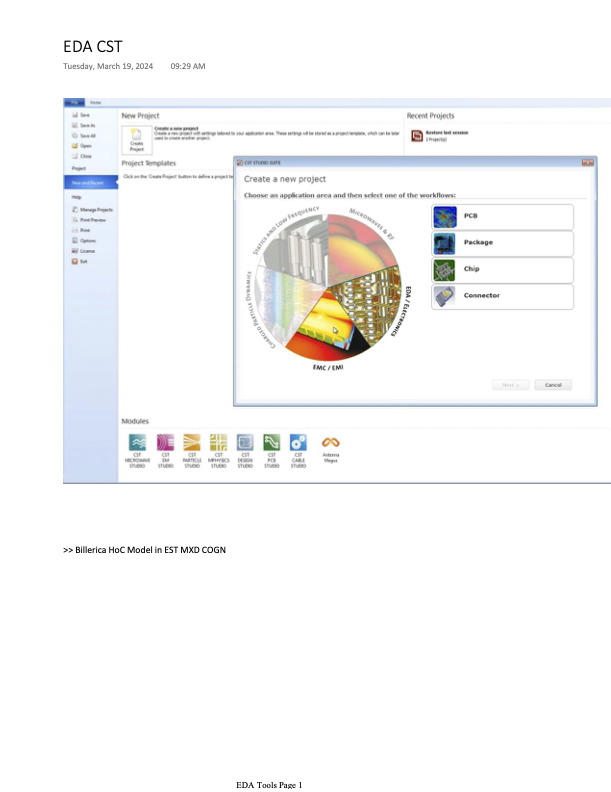


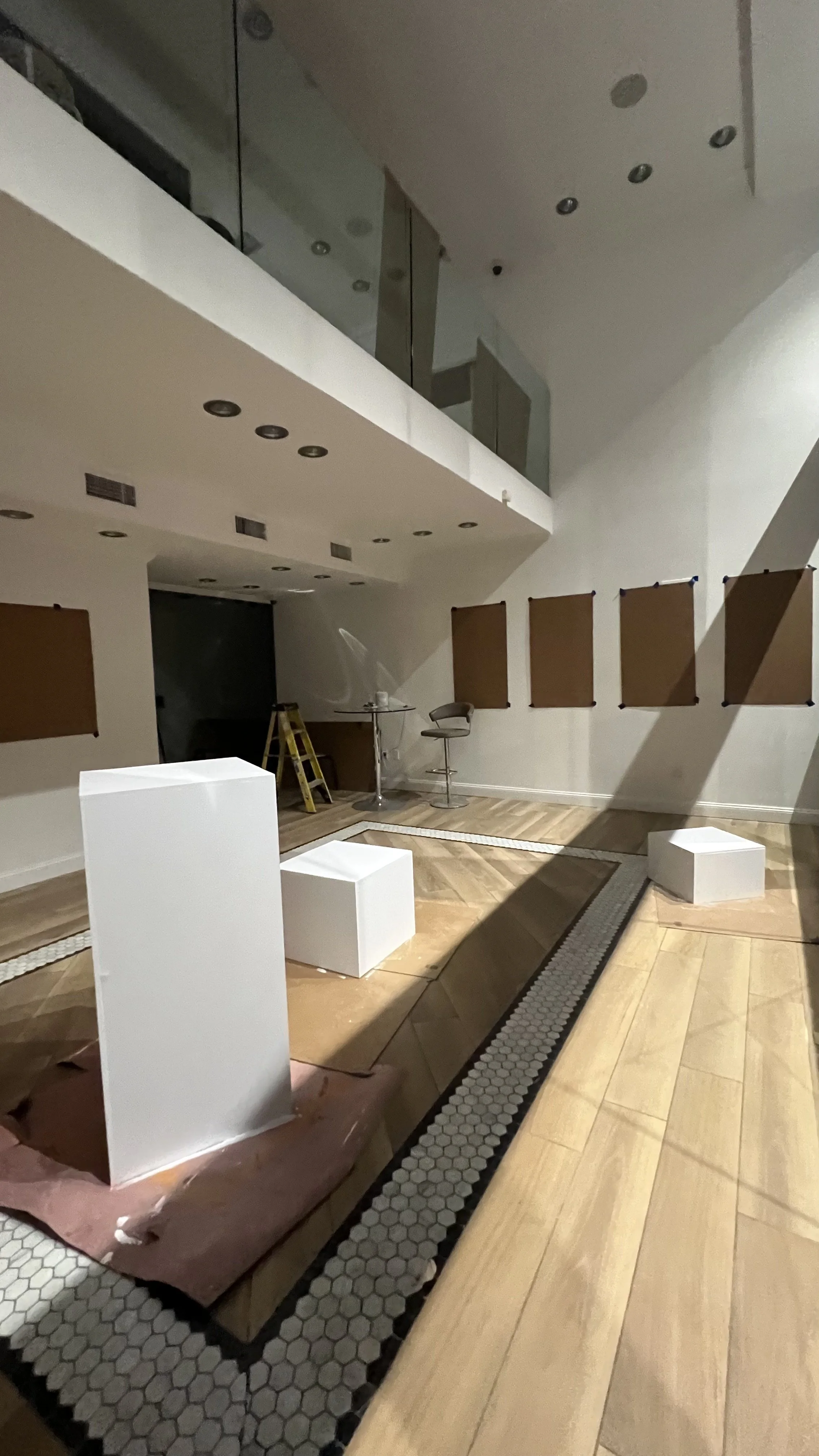

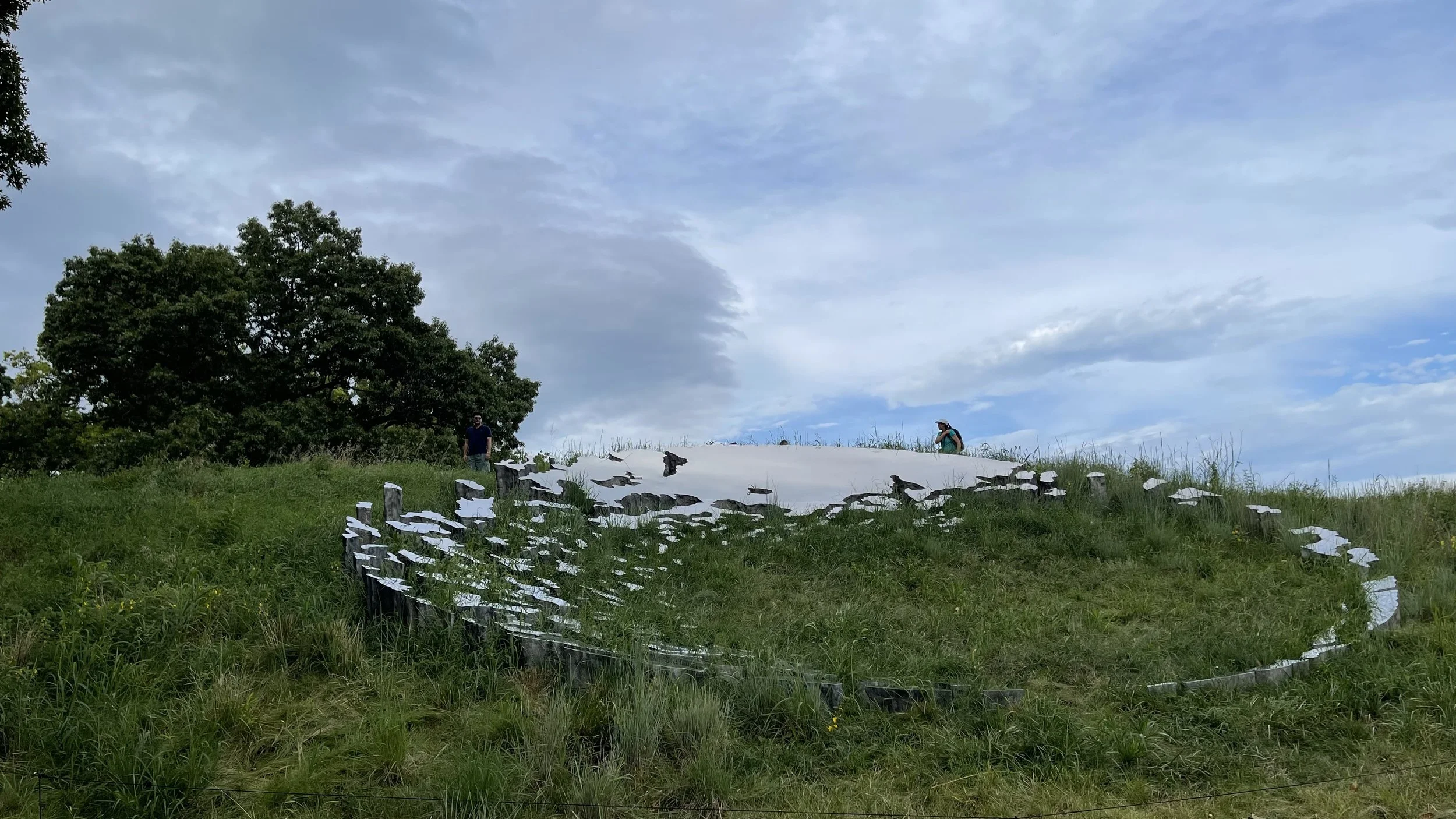






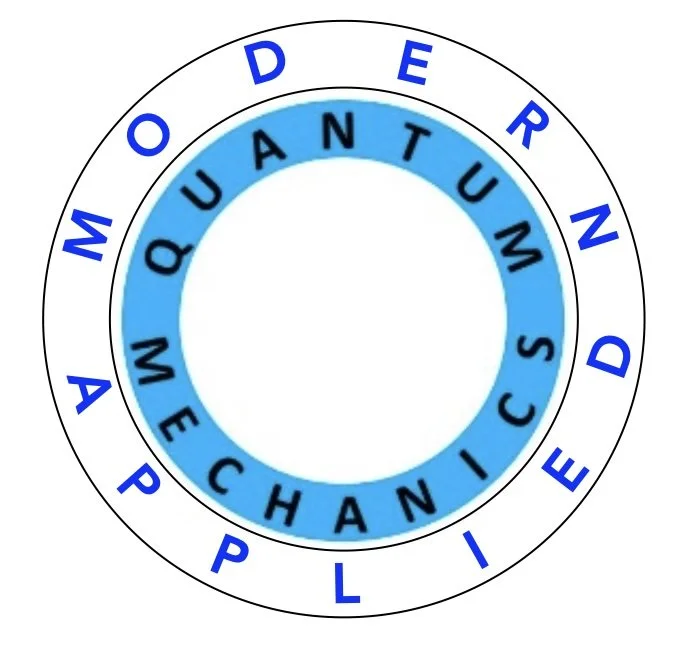









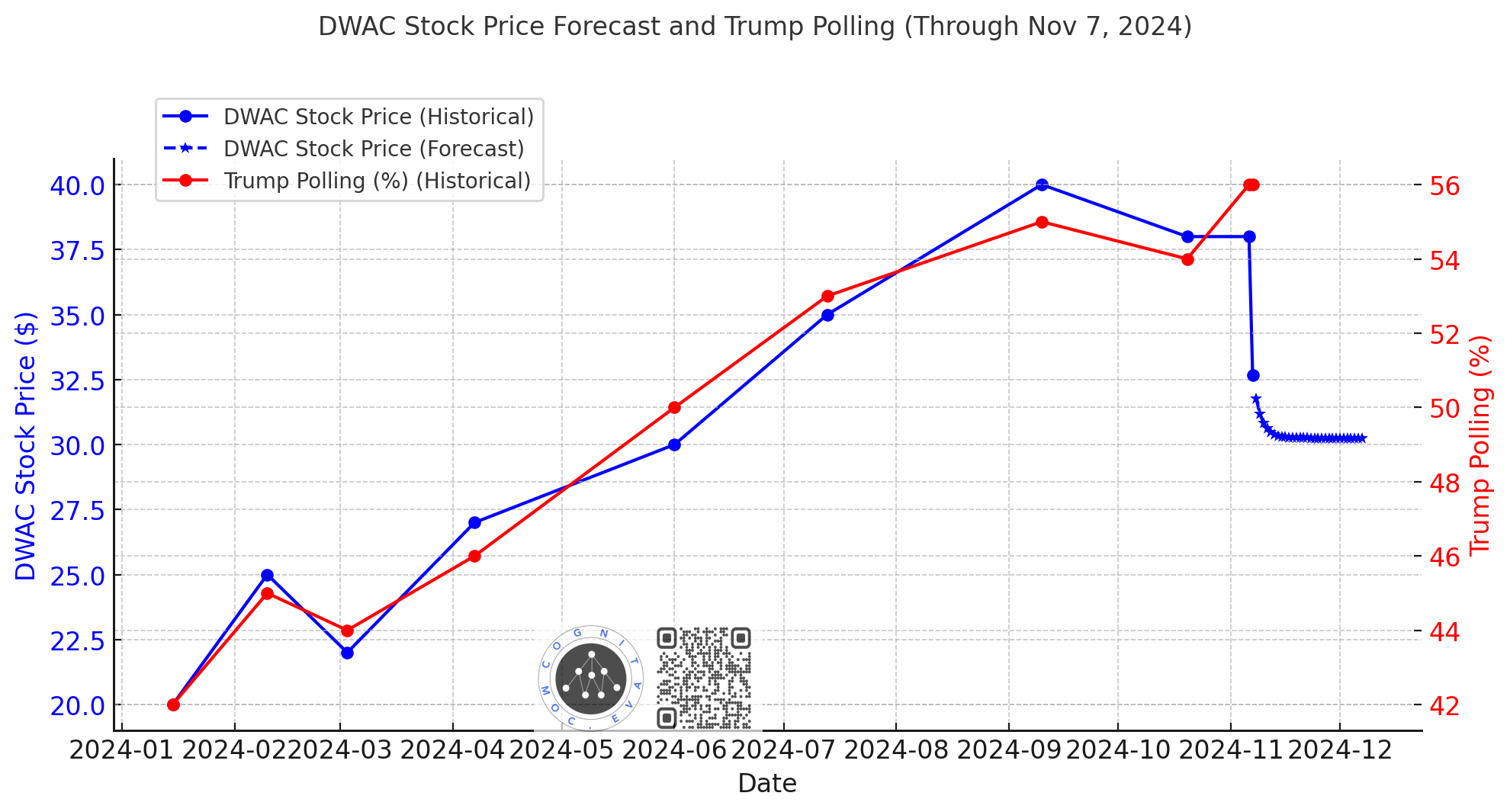



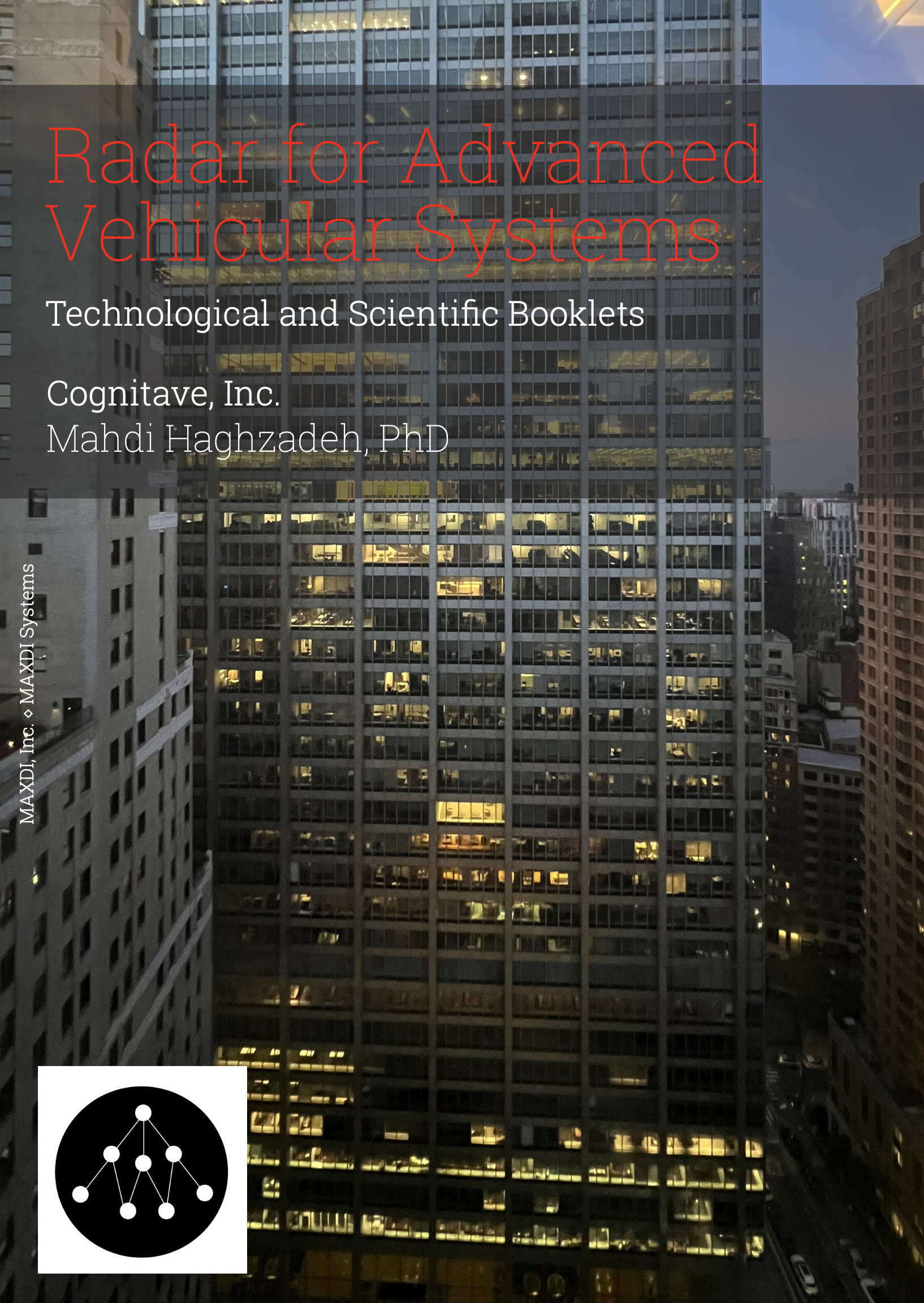




Course lessons under development. Course start date 4/12/2024. For inquiries email >> tex@cognitave.com